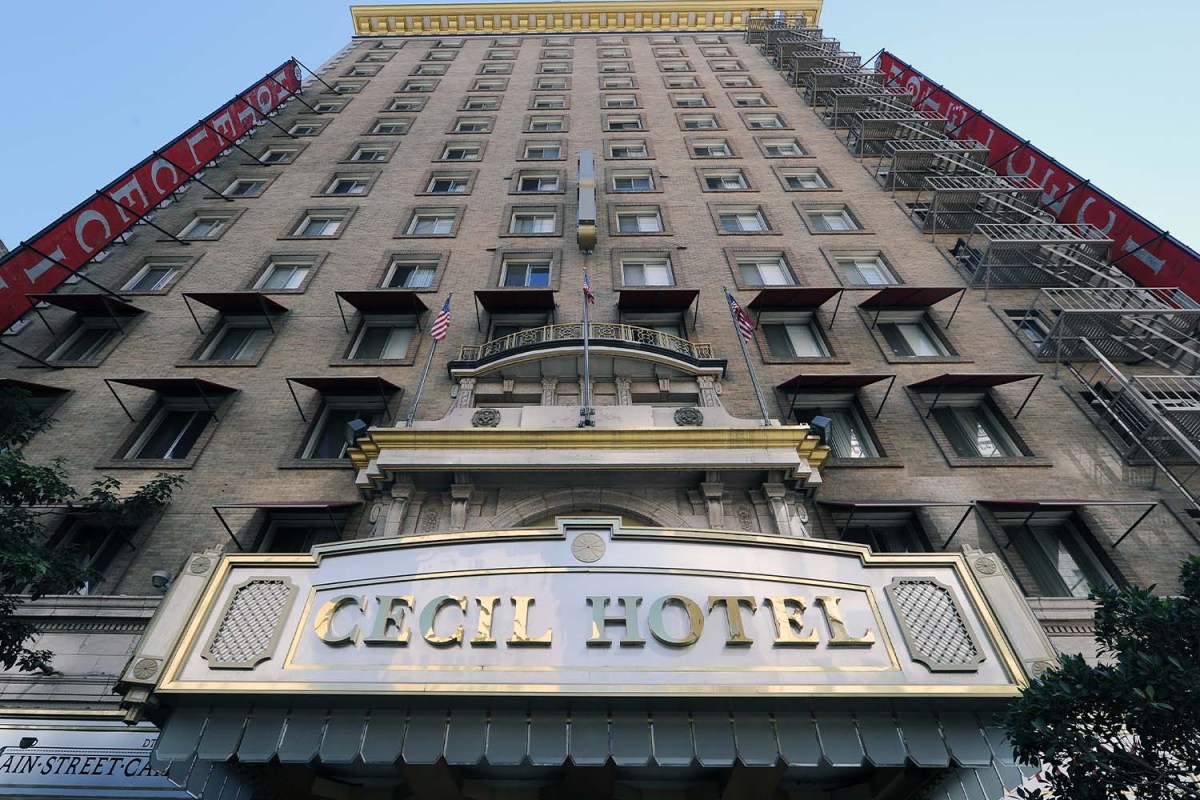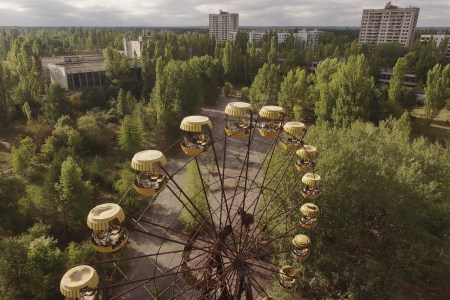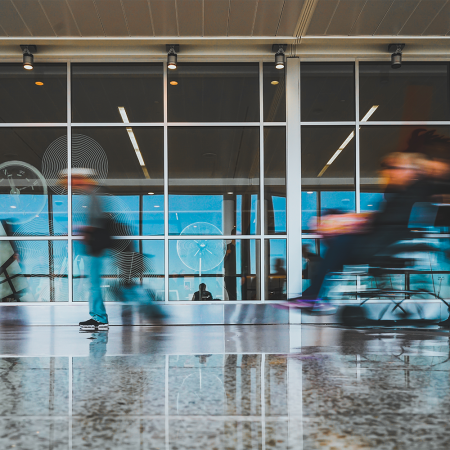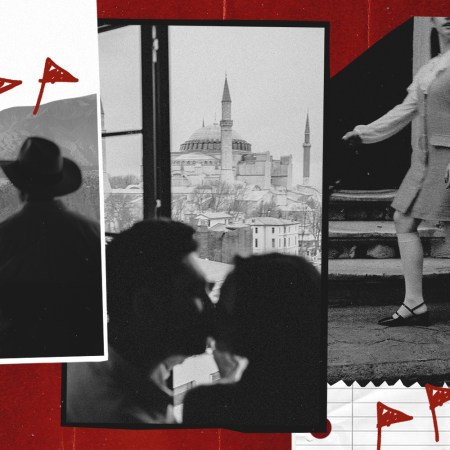Thanks to a myriad of bizarre accidents and unexplained deaths, the Cecil Hotel is widely considered one of the most haunted hotels in the world. Or, if it wasn’t prior to the release of the first season of the Crime Scene docuseries The Vanishing at the Cecil Hotel, it is now.
For the most part, the hotel still exists much as it did then, though it’s been closed to the public for years (it reopened as a permanent supportive housing project in 2021). That said, largely thanks to its Netflix feature, it has recently regained the attention of the macabre-obsessed, even earning it a spot on the itinerary for the Downtown LA-bound hoping to snap a picture in front of the cursed building.
Per a new report from Forbes, it’s just one example of the growing trend that is true crime influencing travelers, which makes sense given that more than half of Americans cop to being obsessed with the genre.
“True crime junkies are going beyond the humble haunted house and traveling to check out notorious locations, from Milwaukee, former home of serial killer Jeffrey Dahmer, to Hollywood Hills, where the Manson family made their mark,” Laura Begley Bloom writes.
U.S. cities are cashing in, too. New Orleans, which the site UpgradedPoints.com found to be the best city for true crime tourism, offers nine true crime tours (for context, the U.S. average is apparently 4.5). Others include New York, Chicago, Seattle, DC, San Francisco, LA, Philadelphia, Savannah, St. Louis, Kansas City, Cincinnati, Detroit, Austin, Indianapolis, Portland, Dallas, Knoxville, Little Rock and Fall River.
Chernobyl, Instagram and the Rise of “Dark Tourism”
Why tourists are increasingly flocking to the sites of great human tragediesBut what is true crime tourism if not just a media-fueled extension of dark tourism? For the uninitiated, The Washington Post described dark tourism — a term coined in 1996 — as “visiting places where some of the darkest events of human history have unfolded,” which “can include genocide, assassination, incarceration, ethnic cleansing, war or disaster — either natural or accidental.” Auschwitz-Birkenau, Hiroshima and Nagasaki, Chernobyl Exclusion Zone, the 9/11 memorial, for example— all notoriously unhappy places to say the least, yet millions of people travel to visit them every year.
According to experts, however, a jump scare isn’t what most people are after. “We’ve just got this cultural fascination with the darker side of history; most history is dark,” Philip Stone, executive director of the Institute for Dark Tourism Research at the University of Central Lancashire, told The Post. “I think when we go to these places, we see not strangers, but often we see ourselves and perhaps what we might do in those circumstances.”
One study claims it has to do with curiosity coupled with the need to understand. “Dark tourism develops curiosity and satisfies the desire for knowledge of past suffering and pain,” it notes.
Interestingly, that same study also says this: “[P]articipants who visit tragic human sites present higher values in hostility and tourist wellbeing than those who do not. In summary, people who visit more dark places and score higher on negative personality characteristics have higher values of tourist wellbeing.”
So, by that math, the people traveling to the homes of famous serious killers are less likely to kill other tourists, which has to count for something.
Thanks for reading InsideHook. Sign up for our daily newsletter and be in the know.




















